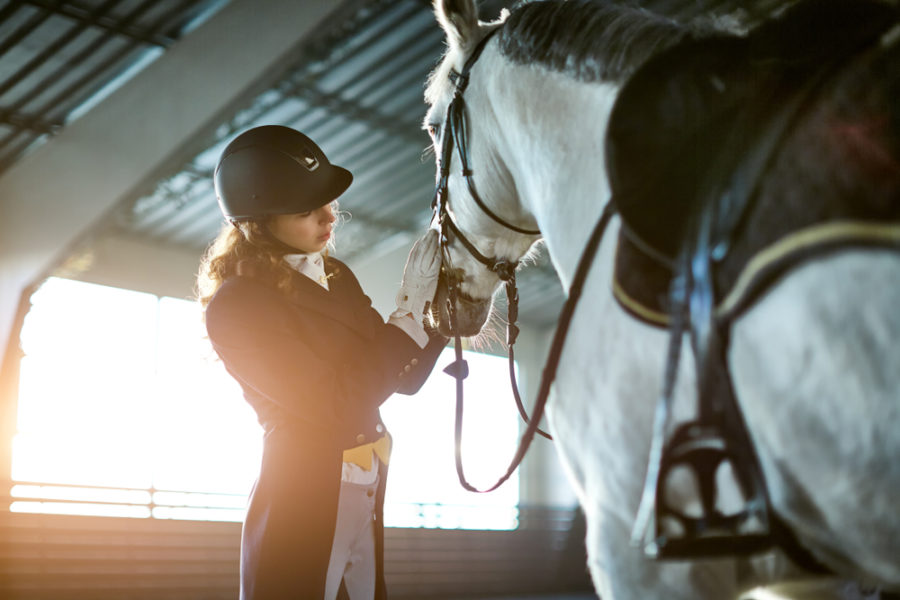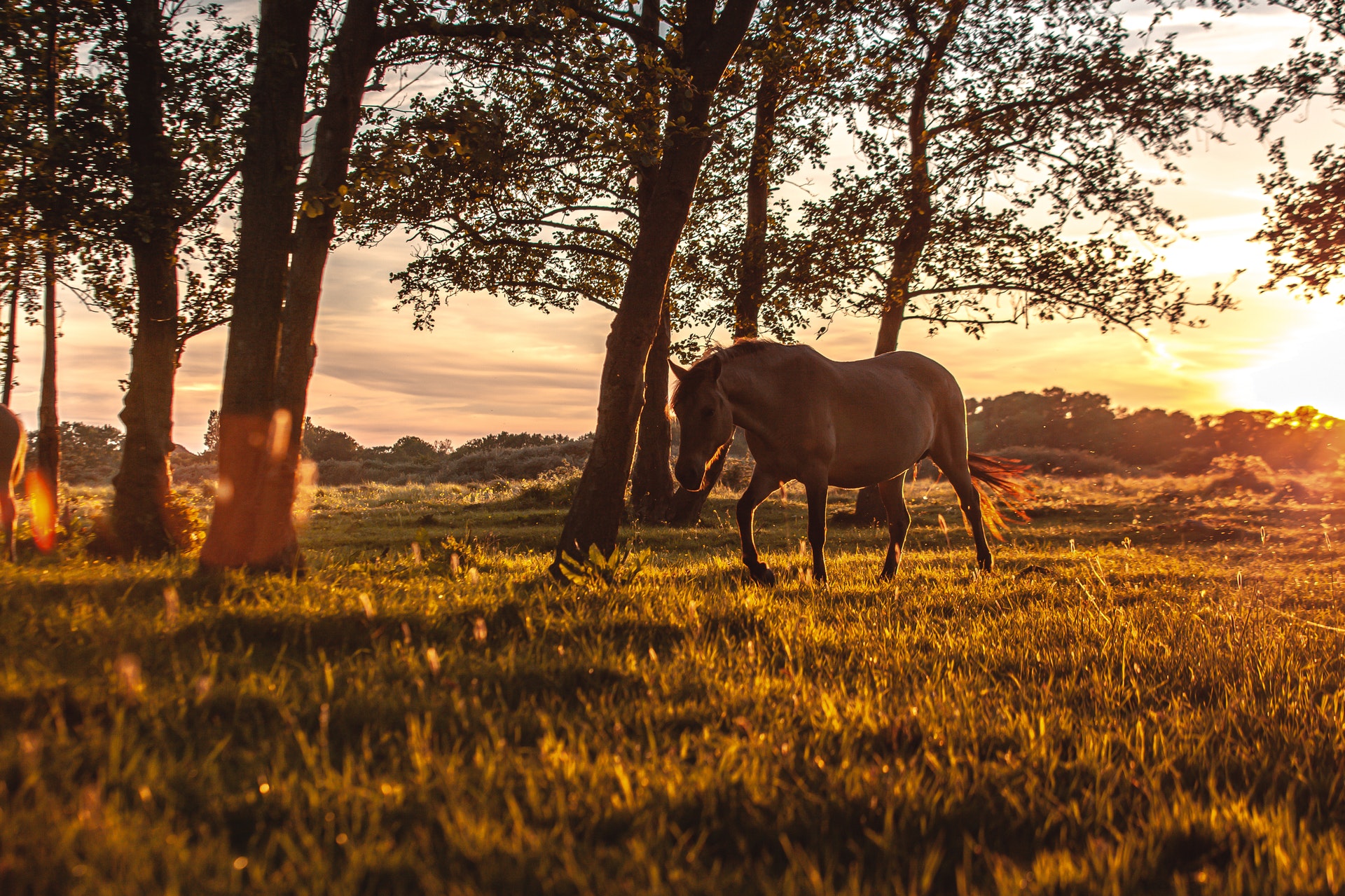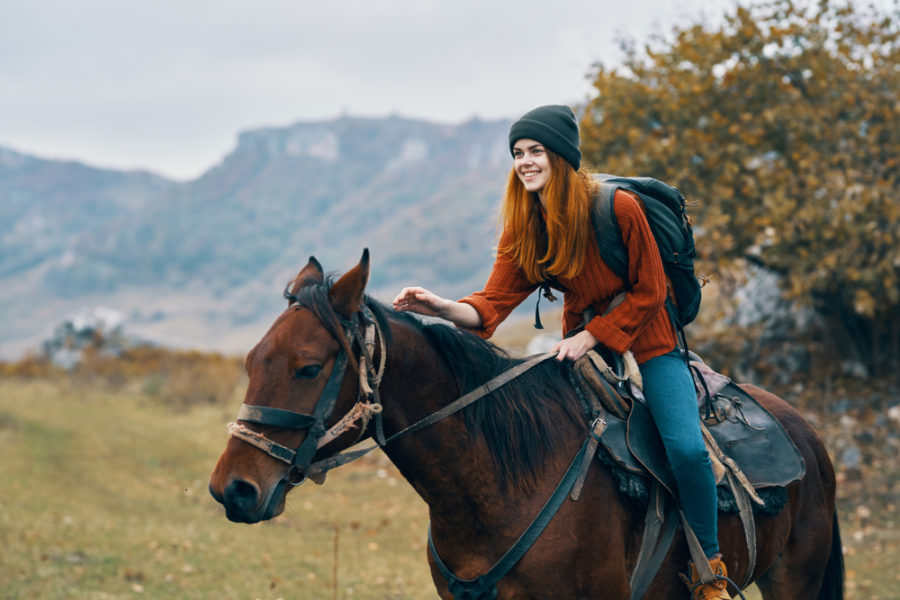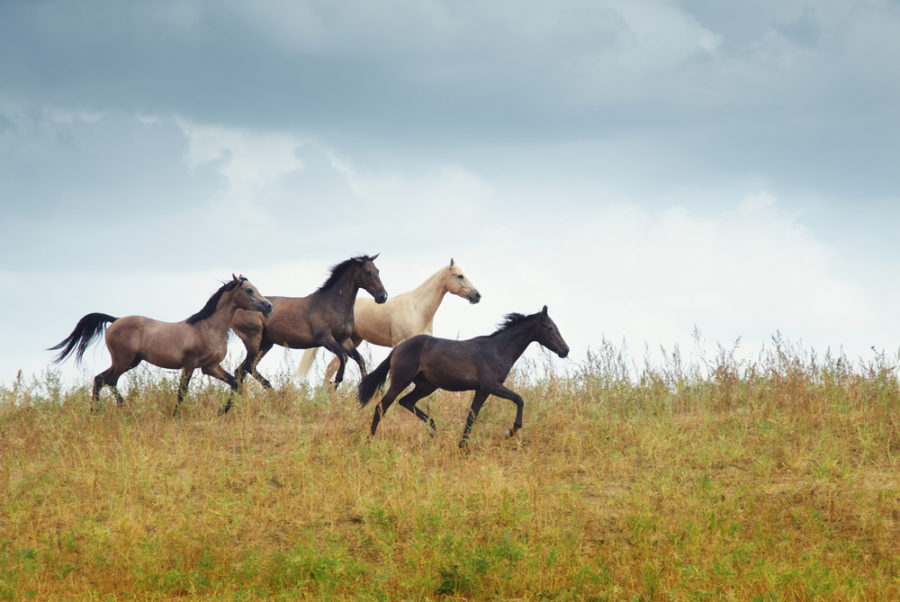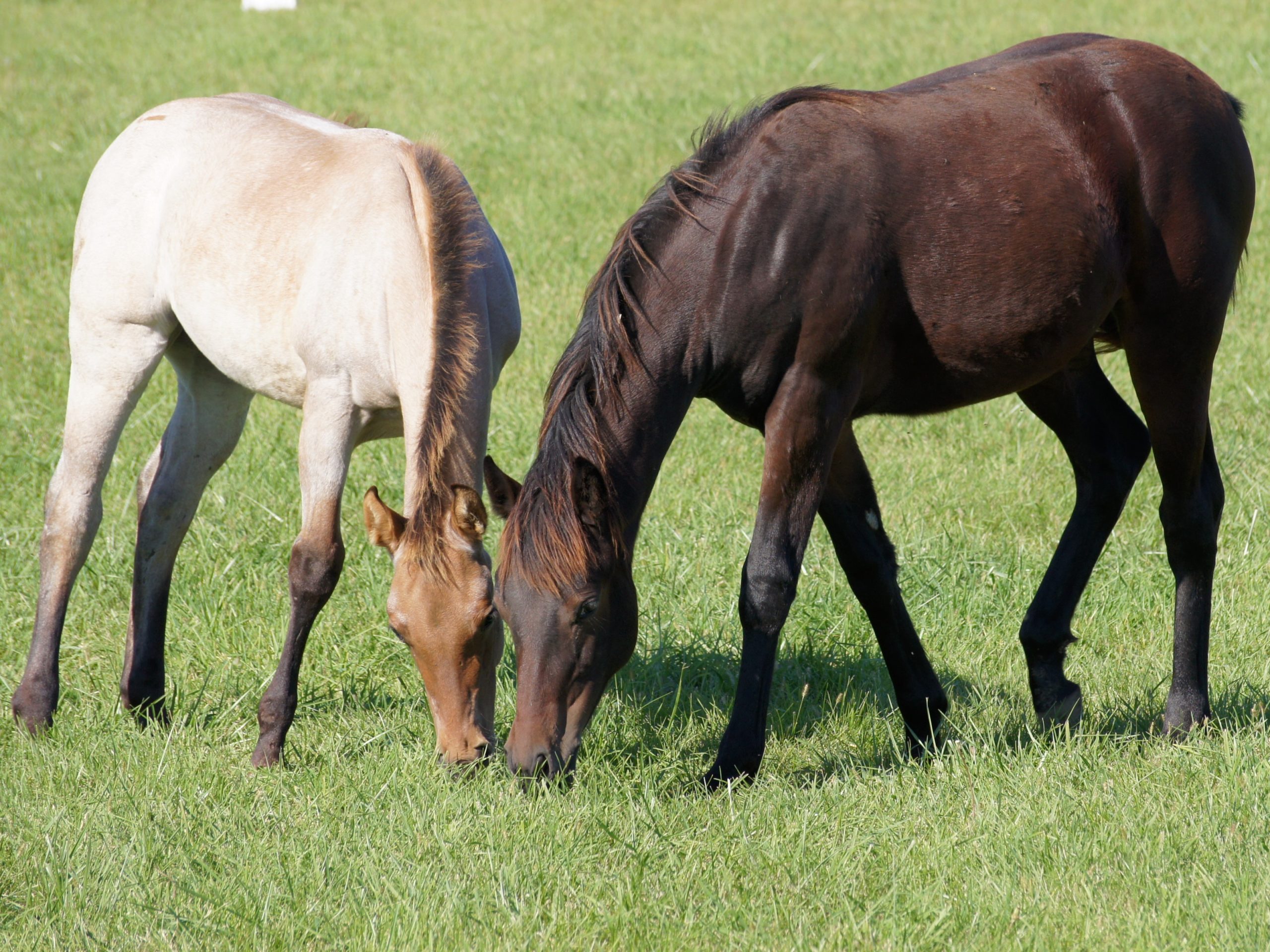Are you planning to continue riding your horse all winter long? These tips will keep you both safe, happy and comfortable no matter how cold it gets!
Cold wind rattles the indoor arena walls, specs of frost glitter among the footing, and my horse’s steamy breath spreads gently through the air. Most days during the bitter Midwestern winter, I leave work and head to the barn to exercise two horses before heading home. One thing I love about this time of year is the peace and quiet. Once the temperature drops below about 40 degrees, the barn is all mine! I’m the only amateur at my barn who keeps riding throughout the winter. It’s not because I’m tougher (or crazier) either! I’ve just discovered these three easy solutions to help me survive the cold season while keeping my horses comfortable.
1. Remember your “why”
Every day, I remember why I do this. As I grumble to myself about the cold, I remember that this is an all-in sport. I take weekly lessons, but it’s up to me to do the daily training and conditioning. Neglecting the daily grind will negatively impact the fitness of both myself and my horses for the tasks I want to do. If my heart isn’t in it and I attempt a course of jumps, how is my horse supposed to cope with that? Similarly, if my horse is unfit, how can I expect him to perform well at all? I do cut myself some slack if the temperature drops too low. On the really cold days, I ride for a shorter time, at slower paces, or just take a break. An occasional day off isn’t the end of the world, but a quick moment to reflect on why I need to practice usually motivates me for the ride!
2. Plan ahead so that the horses are comfortable
My two equine companions live outside in a nice paddock with a roomy shelter and 24/7 hay, so this allows them to acclimate well to fluctuating temperatures. Since they live outside, I’ve chosen not to body clip. How do I keep them from sweating during work, you might ask? Great question! The answer is surprisingly simple: make sure they are fit enough prior to winter to handle a 20 – 30-minute walk/trot/canter session with very minimal sweating. The fall is a great time to go for long hacks outdoors, so I do lots of fitness work in preparation for winter. By the time December rolls around and temperatures start plummeting, the horses can easily do a half hour of exercise in the unheated indoor area without breaking a sweat (i.e. I don’t have to spend three hours cooling them out post-ride)! Generally, the horses seem quite eager to come inside and go for a light, temperature-appropriate ride on the soft footing!
3. Dress for success
I know it’s a corny saying, but I’ve suffered plenty over the years by not dressing warm enough. Riding gear can get expensive, but I recommend watching for sales and making purchases during the spring and summer when winter items are on clearance. A few things that I won’t go without are a pair of insulated riding boots, insulated riding gloves, and a thick coat. Buying a coat made for riding is an investment you won’t regret! There’s nothing worse than riding in a jacket that pinches your shoulders and bunches up around the middle. Quality riding coats are designed with special zippers and buttons to allow freedom of movement. Underneath the riding coat, I wear as many layers as possible. This includes a long sleeve shirt and sweater. In lieu of breeches, I put leggings on underneath a pair of thick sweatpants. Not only do the leggings act as an additional layer of insulation, but their soft fabric helps prevent friction. I top off my riding gear with a warm hat or headband, preferably one that can be stretched over the top of the helmet to keep my ears warm. Last but not least, a Wild Rag is crucial for the coldest days. These traditional western bandanas can effectively shield the neck and keep cold air from blowing down my jacket.
If riding through the winter is one of your goals, trust that with a purposeful attitude, well-planned horse care, and proper attire, it can be accomplished! Enjoy the serenity of a quiet winter ride – just you and your horse using the “off-season” as a time for mutual learning.

